Digital Camera World Verdict
Like most photographers, I feel that a ‘nifty fifty’ is one of life’s essentials and sure enough, the Nikon Z 50mm f/1.4 combines a classic standard focal length for full-frame cameras with a fast aperture. And it does so at a very reasonable price. It lacks the S-line kudos of Nikon’s more up-market Z lenses but works well for both stills and video. It’s also a smart option as a portrait prime for APS-C format Nikon Z system cameras.
Pros
- +
Quick and virtually silent autofocus
- +
Fast f/1.4 aperture rating
- +
Dual customizable control rings
- +
Reasonably priced
Cons
- -
No A/M focus mode switch
- -
No customizable function button
- -
Lacks S-line credentials
Why you can trust Digital Camera World
Zoom lenses have been all the rage for decades and there’s no beating them for versatility and convenience – up to a point. And that point is that many photographers wouldn’t class the f/2.8 of even high-end zooms as a ‘fast’ aperture, preferring the quicker aperture of a prime lens.
And when it comes to prime lenses, the standard 50mm focal length is often seen as all but essential for shooting with a full-frame camera, as it gives an entirely natural perspective and field of view. What you see is what you get. The question is, how much do you feel the need for speed?
Historically, faster lenses cost more to buy, with the likes of f/2.8, f/1.8 and f/1.4 primes being good, better, best. This Nikon f/1.4 lens doesn’t follow suit. It’s not classified as one of the company’s top-tier S-line lenses and is actually less expensive to buy than Nikon’s ‘slower’ Z 50mm f/1.8 counterpart. Even so, it aims to be one of the best Nikon Z lenses and more specifically, one of the best 50mm lenses for the Nikon Z system.
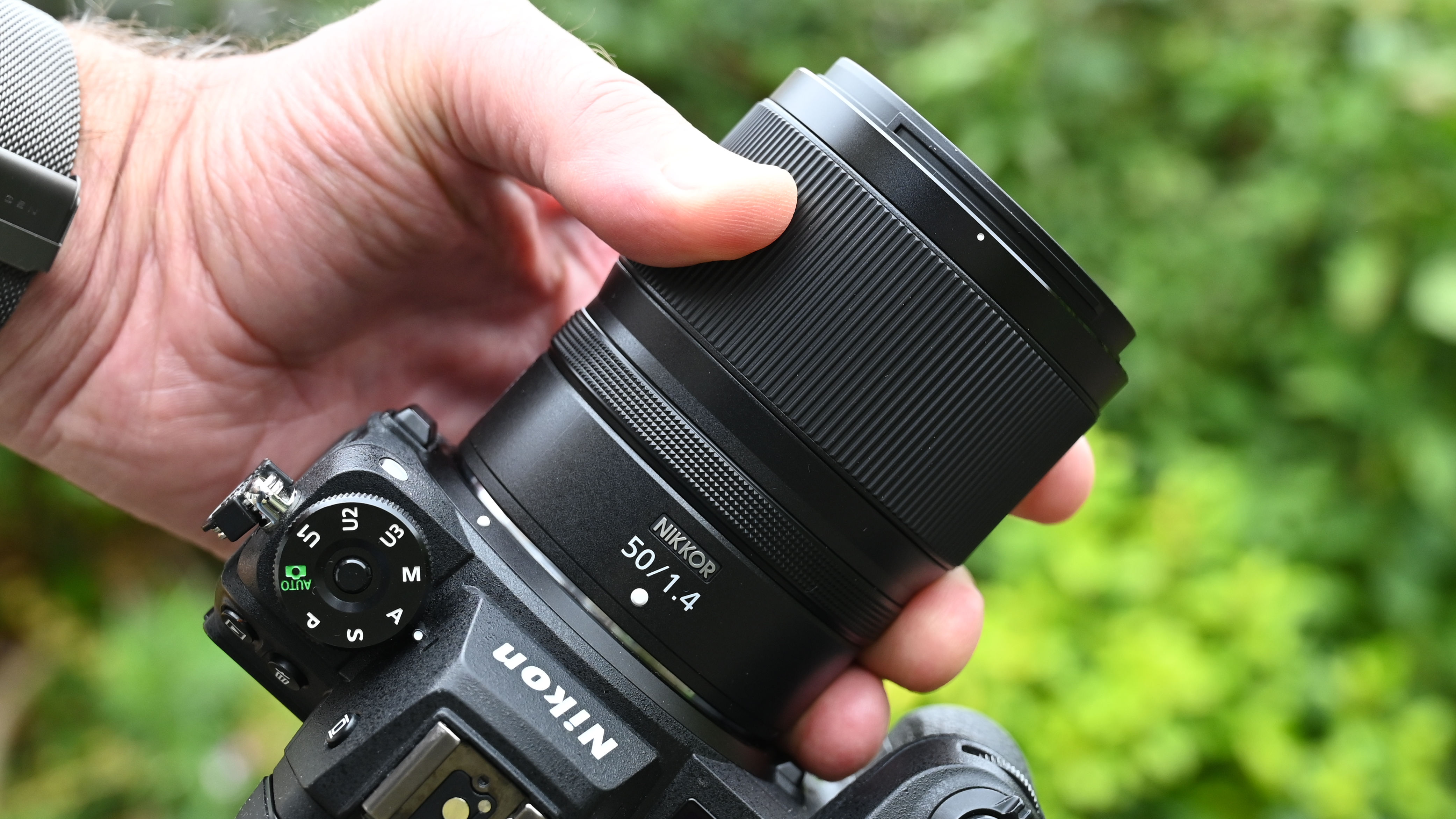
Nikon Z 50mm f/1.4: Specifications
| Mount options | Nikon Z (FX) |
| Lens construction | 10 elements in 7 groups |
| Angle of view | 47 degrees |
| Diaphragm blades | 9 |
| Minimum aperture | f/16 |
| Minimum focus distance | 0.37m (1.22’) |
| Maximum magnification | 0.17x |
| Filter size | 62mm |
| Dimensions | 75x87mm (3x3.5”) |
| Weight | 420g (14.9oz) |
Nikon Z 50mm f/1.4: Price
The Nikon Z 50mm f/1.4 launched in September 2024 at a price of $497/£499, following hot on the heels of the similar-spec Nikon Z 35mm f/1.4 at $597/£649. I’m well accustomed to paying more for faster apertures but, like the 35mm lens, the new 50mm f/1.4 undercuts the price of the slower Nikon Z 50mm f/1.8 S which sells for $627/£599 and the Nikon Z 35mm f/1.8 S at $847/£899.
That makes it quite a trend-bucker, compared with more conventional price hikes between the likes of the Canon RF 50mm F1.8 STM at $199/£199 and Canon RF 50mm F1.2 L USM at $2299/£2449, or the Sony FE 50mm f/1.8 at $248/£159, Sony FE 50mm f/1.4 GM at $1298/£1499 and Sony FE 50mm f/1.2 GM at $1998/£2099.
Let’s not forget that Nikon also makes big-money fast 50mm primes (or thereabouts) – the Nikon Z 50mm f/1.2 S at $2097/£2299 and somewhat specialist Nikon Z 58mm f/0.95 Noct at $7997/£8299. There are also some macro 50mm lenses on the market, like the Nikon Z MC 50mm f/2.8 Macro at $647/£679 and Sony FE 50mm f/2.8 Macro at $548/£449, if extreme close-ups are your thing.
All in all, the Z 50mm f/1.4 doesn’t set out to be one of Nikon’s top-flight S-line lenses but is priced to appeal to a wider and more budget-conscious audience.
Nikon Z 50mm f/1.4: Design & Handling
Video virtuosity has become an essential facet of pretty much every stills camera on the market these days, and that includes the entire range of Nikon Z system mirrorless cameras. Like the Nikon Z 35mm f/1.4 which was launched a couple of months earlier, the Z 50mm f/1.4 aims to suit both stills and video capture down to a tee. Indeed, it’s pitch-perfect for content creators and hybrid photographers who want to travel light and keep their spending within affordable limits.
Along with a lightweight price tag for a 50mm f/1.4 lens, it has the same diminutive dimensions as its 35mm sibling, at 75x87mm (3x3.5”) and is an almost imperceptible 5 grams heavier at 420g (14.9oz). It’s definitely refreshingly compact and lightweight for a full-frame fast prime.
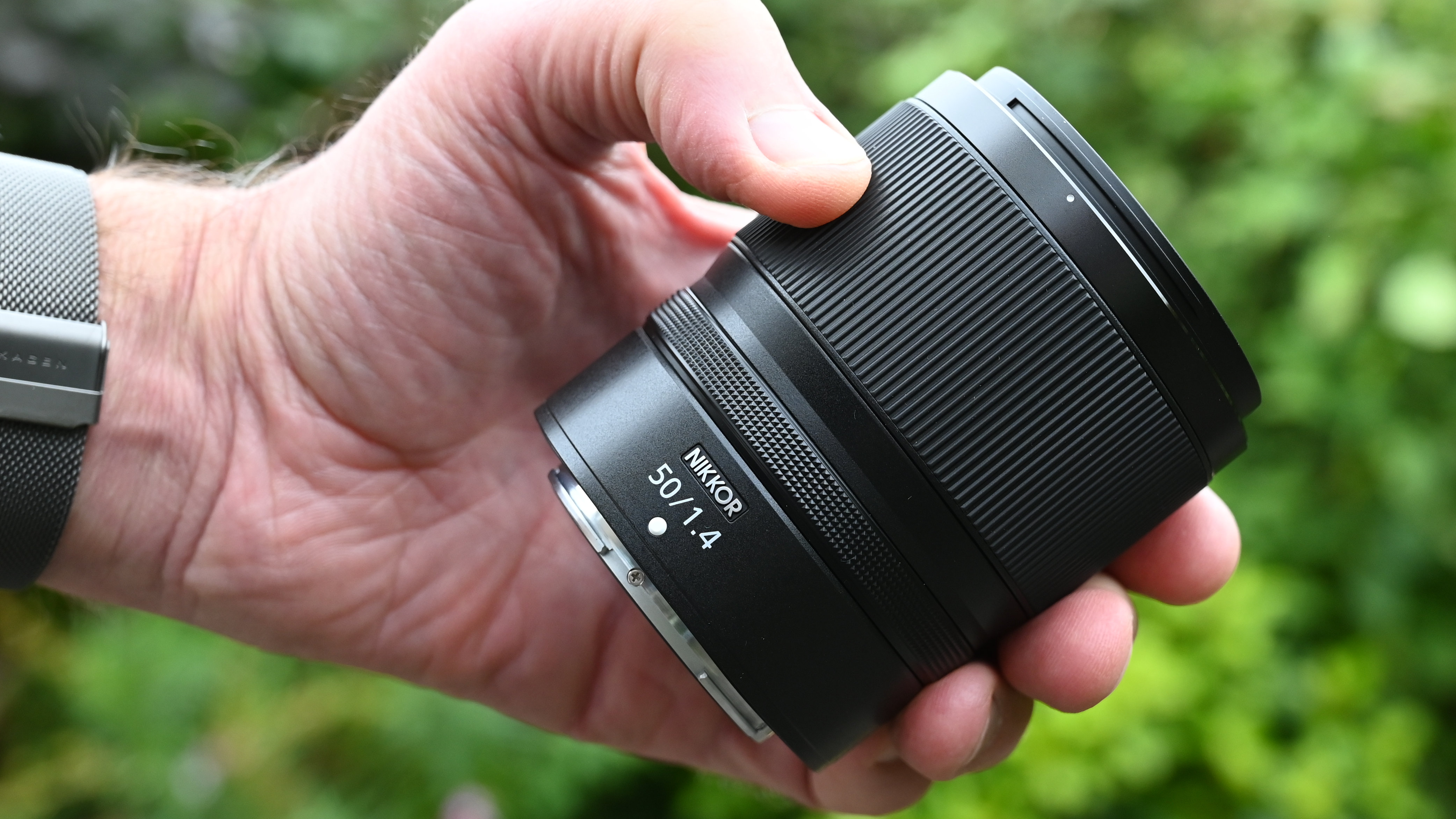
The optical layout features 10 elements in 7 groups, which is one element and two groups less than the 35mm lens. And whereas the 35mm has two aspherical elements, the 50mm only feels the need for one.
Neither lens features any of Nikon’s prestigious ED (Extra-low Dispersion) glass, nor any fancy high-tech coatings like ARNEO or Nano Crystal Coat. Further similarities between the 35mm and 50mm lenses are that they have the same 62mm filter attachment thread and come with the same HB-115 petal-shaped lens hood.
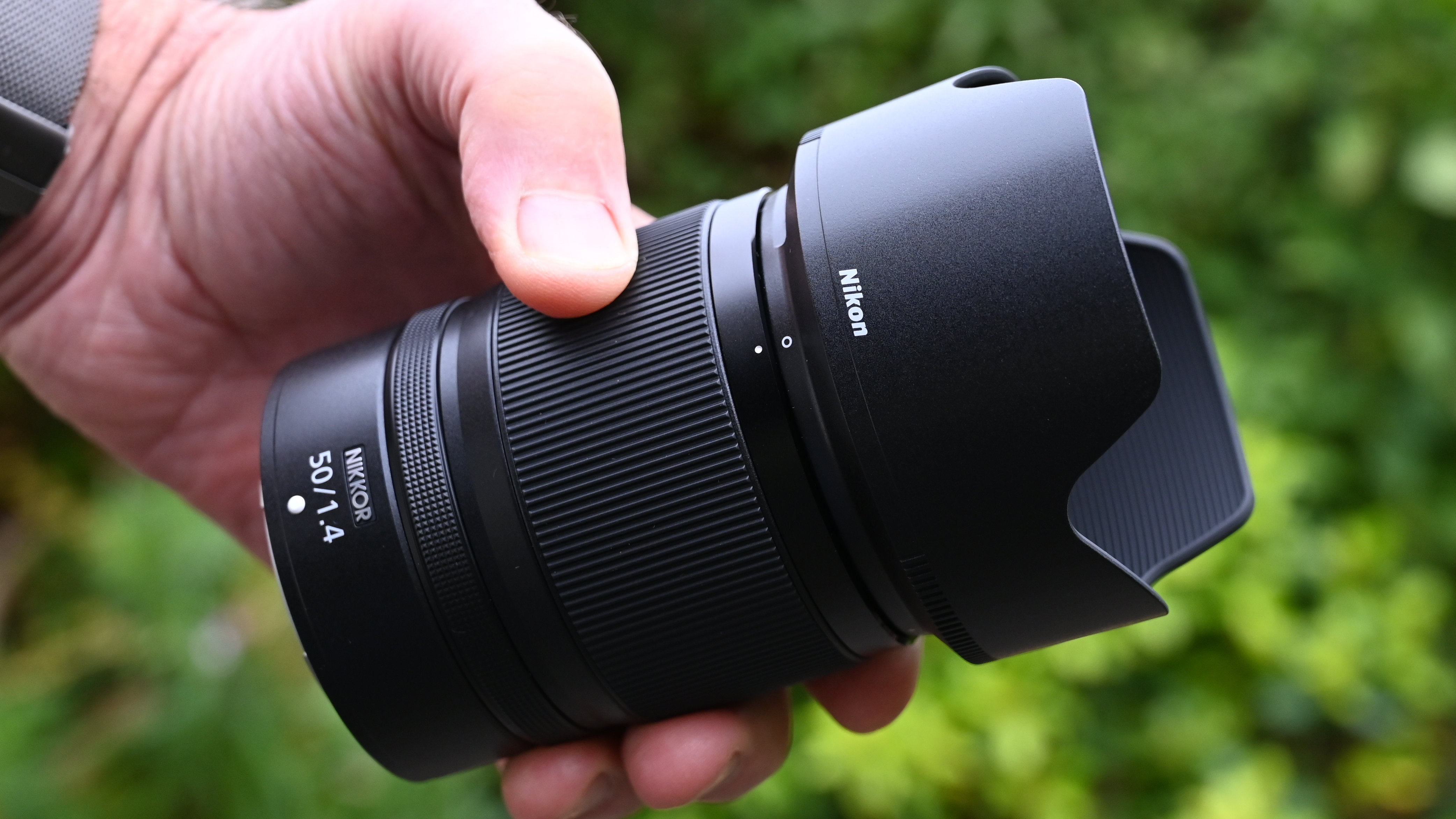
Handling feels virtually identical between the two lenses, which is a good thing if you buy and use both, switching between them for different shooting scenarios. There’s a large control ring at the front and a smaller one at the rear, neither of which has click steps.
They’re both customizable but the most obvious uses are manual focus for the front ring and stepless aperture control for the rear ring, the latter being particularly useful for videography. I can perfectly understand that neither control ring has any markings. Due to their customizable nature, they’re electronically coupled but if you’re using the rear ring for aperture control, you might miss the f/number markings featured in lenses with a dedicated, mechanical aperture ring.
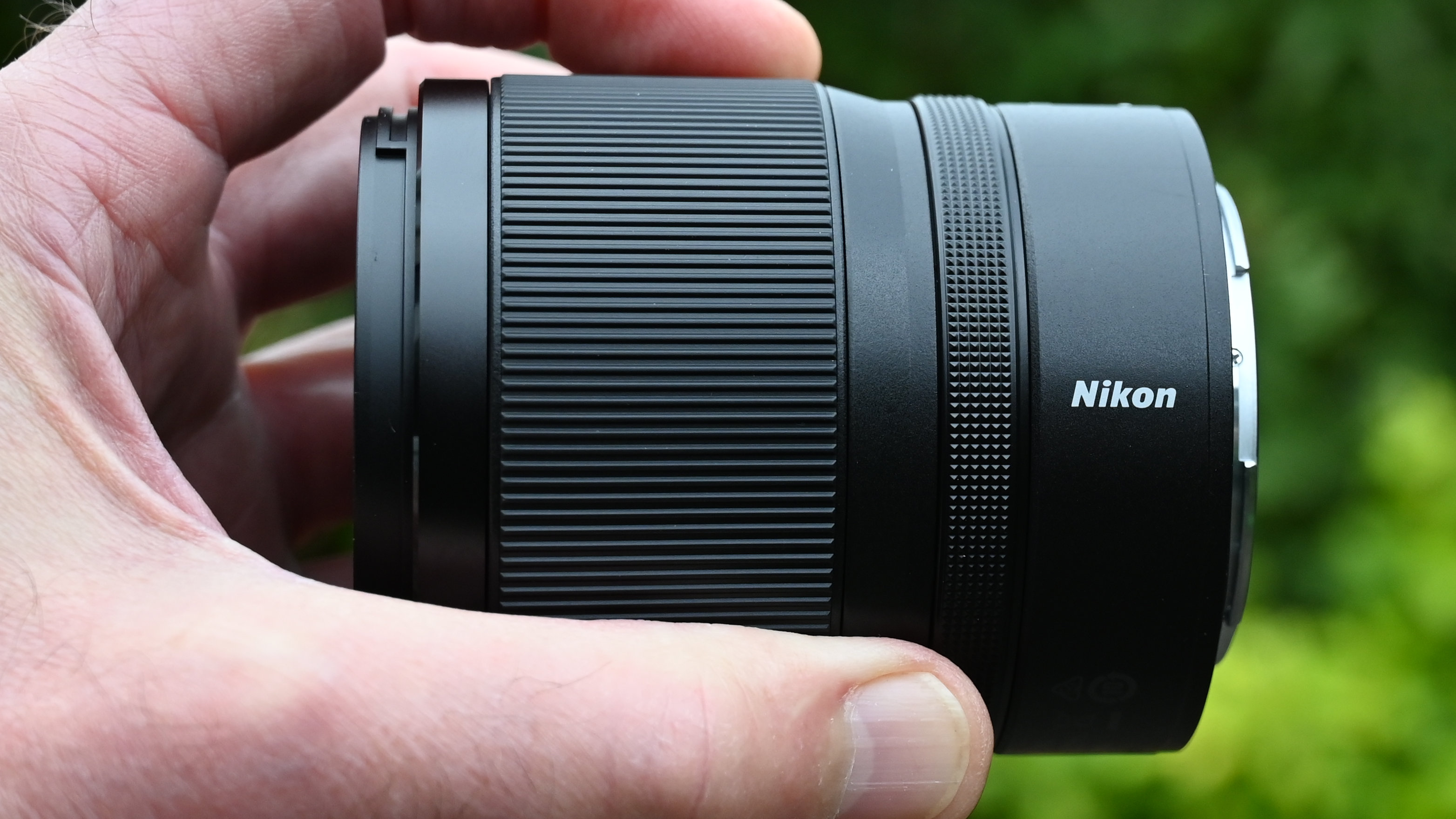
Autofocus is fast for stills, smooth and virtually silent for video. The focusing mechanism is fully internal, so the front element neither extends nor rotates during focusing, the latter being a bonus when using directional filters like circular polarizers and ND grads. Focus breathing is minimized by design, which is a further upside for video.
A downside for me is that there’s no A/M switch for quickly and easily swapping between autofocus and manual focus modes. Instead, you have to delve into camera menus to make the change, which can interrupt your flow. Another omission is a customizable function button, for the likes of AF-hold, which I’ve seen on a growing number of lenses, even those with low-budget price tags.
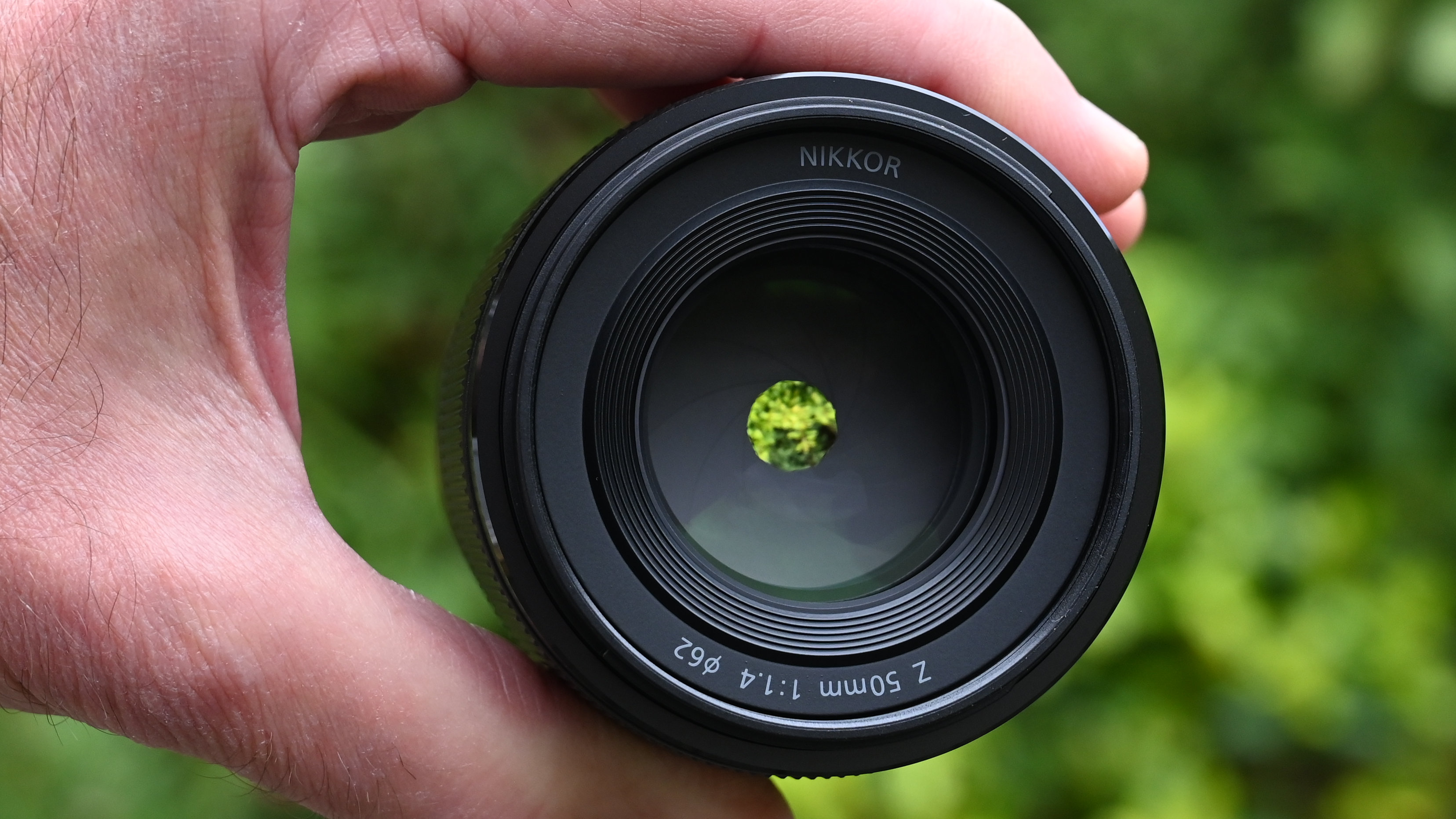
A key ingredient for the success of any fast lens is its aperture rating. An aperture of f/1.4 enables you retain fairly quick shutter speeds even under dim lighting, so you can freeze motion without sending your camera’s ISO setting through the roof. The main attraction from a creative point of view is that it also enables a tight depth of field. This is often ideal for isolating the main subject within a fussy-looking scene, by blurring the background and maybe even the close foreground.
The 50mm focal length can work well for portraiture on a full-frame camera, arguably even better on one of Nikon’s APS-C format ‘DX’ cameras like the Z 30, Z 50 and Z fc. On these, the lens gives an ‘effective’ focal length of 75mm, very close to the 85mm that’s often seen as ideal in full-frame portraiture.
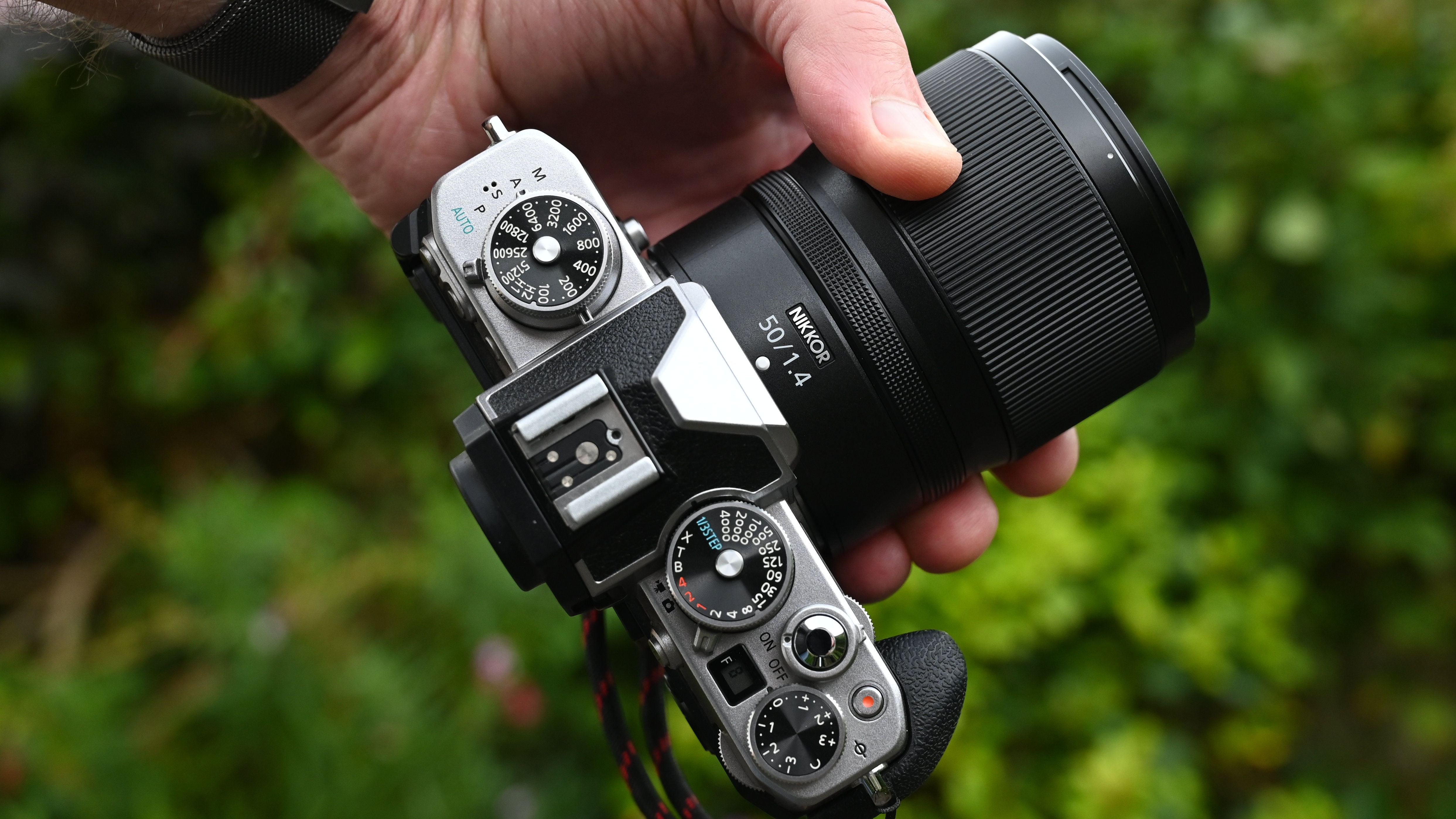
To help maintain the quality of bokeh when stopping down a little, the lens has a pretty well-rounded 9-blade aperture diaphragm. Naturally, depth of field shrinks at shorter focusing distances and the lens works well for close-ups, with a minimum focus distance of 0.37m (1.22’), as measured from the image sensor rather than the front of the lens. This gives a maximum magnification factor of 0.17x, but that’s nowhere near the 0.5x or full 1.0x magnification of 50mm ‘Macro’ primes.

Nikon Z 50mm f/1.4: Performance
I’ve been universally impressed with the sharpness of Nikon Z system lenses from day 1, when the first of the growing range hit the market back in 2018. There’s no denying that the system’s relatively large mounting flange and its close proximity to the image sensor gives greater freedom of design for Z-mount lenses for mirrorless cameras, compared with F-mount lenses for Nikon’s DSLRs. To really put it to the test, I paired this budget-friendly lens with a Nikon Z 7II for the purposes of this review, the camera’s 45 megapixel sensor placing great demands on the resolving power of any lens.

Autofocus lived up to its billing by being very quick for stills, nice and smooth for video and near-silent in operation. Coupled with the advanced subject-recognition and tracking autofocus systems of recent Nikon Z system cameras, the lens gave a virtually perfect hit rate.
Levels of center-sharpness are very good, even when shooting wide-open at f/1.4, and edge/corner-sharpness picks up well when stopping down a little. In real-world testing, I found the lens was perfectly able to do justice to the resolving power of the Z 7II. In practical terms, sharpness in handheld shooting is boosted by the IBIS (In-Body Image Stabilization) of all full-frame Nikon Z cameras, although it’s a shame this is lacking in all of the company’s DX (APS-C format) Z bodies.
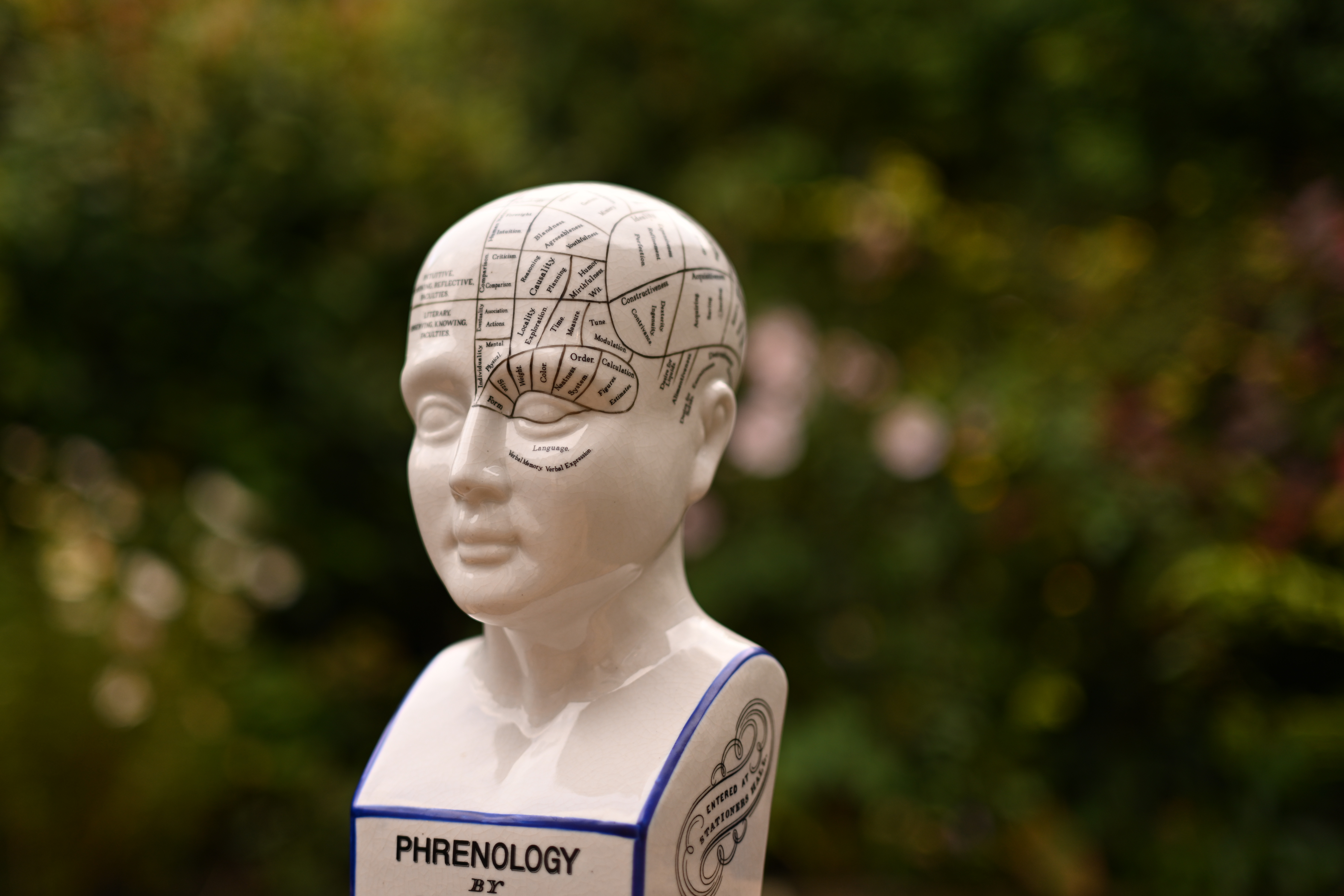
Bokeh is one of those catchwords that’s become increasingly important. Naturally, it’s a key factor for a fast lens, and a facet of image quality that many photographers feel is equally important as sharpness. Shooting wide-open at f/1.4, the Nikon delivers pleasantly smooth bokeh without any noticeable onion ring effect in defocused bokeh disks, as shown in the image above.

Unlike with the Z 35mm f/1.4 lens, automatic in-camera correction for distortion can be disabled in the Shooting menu. The lens produces fairly minimal distortion even without correction, although it pays to enable the Vignette control in-camera, as this is quite severe at wide apertures. I feel that vignetting can add a nice feel to some compositions so it’s nice having the choice to leave it uncorrected or to apply correction in-camera or at the editing stage.
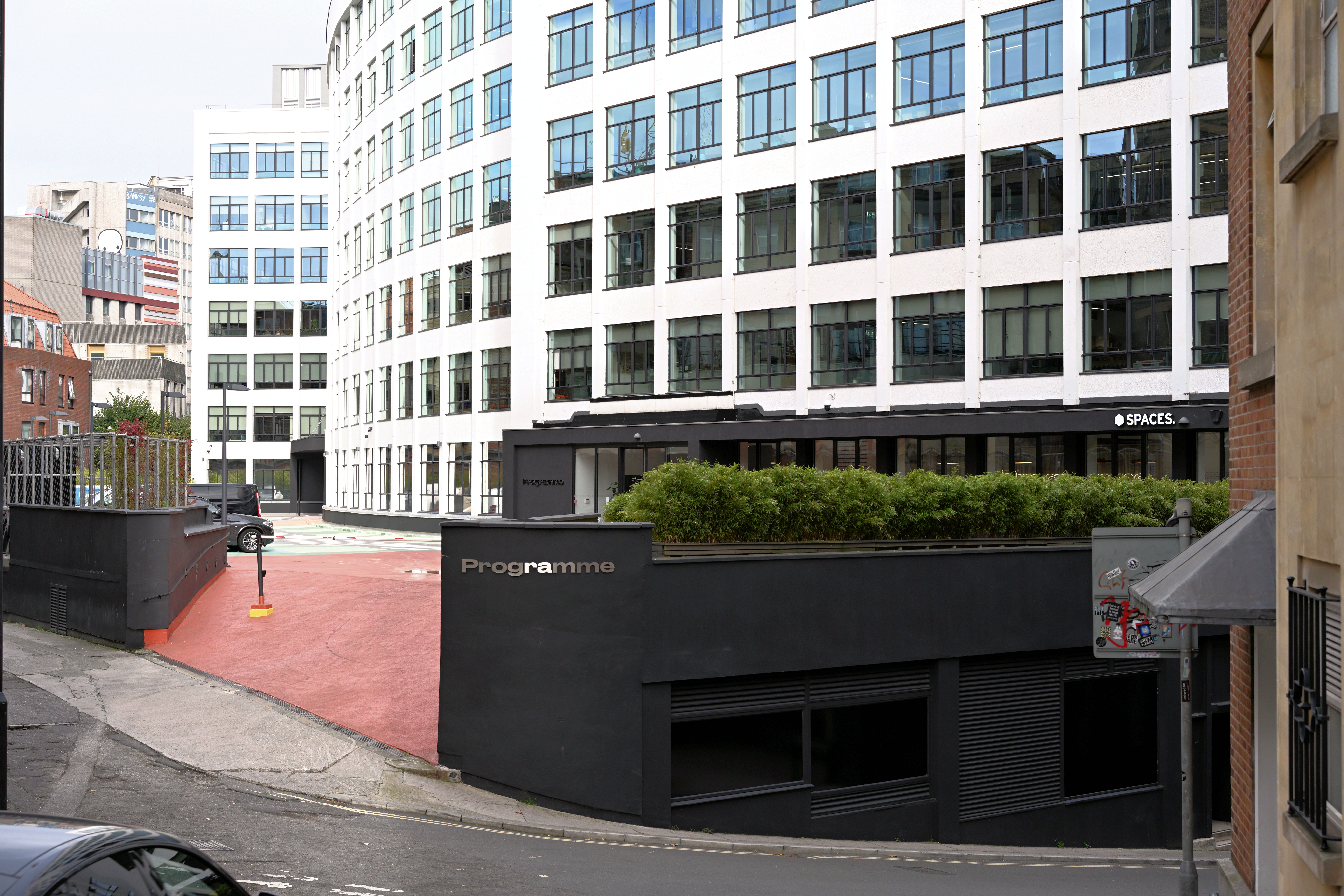
Both axial and lateral chromatic aberrations are pretty well controlled. There’s not much axial aberration to be seen even when shooting wide-open at f/1.4, while lateral aberration is very minimal even around high contrast transitions out at the corners of the image frame. One problem area is that the lens is relatively susceptible to flare when shooting against the light, at least for a Nikon Z system lens, as it only features old-school coatings.
Nikon Z 50mm f/1.4: Sample Images
The following gallery of images was shot in and around St Nicholas market in Bristol UK, on an overcast morning. There’s a mix of indoor and outdoor shots, taken at various apertures of between f/1.4 and f/8, demonstrating the lens’s quality of bokeh and its sharpness and contrast.
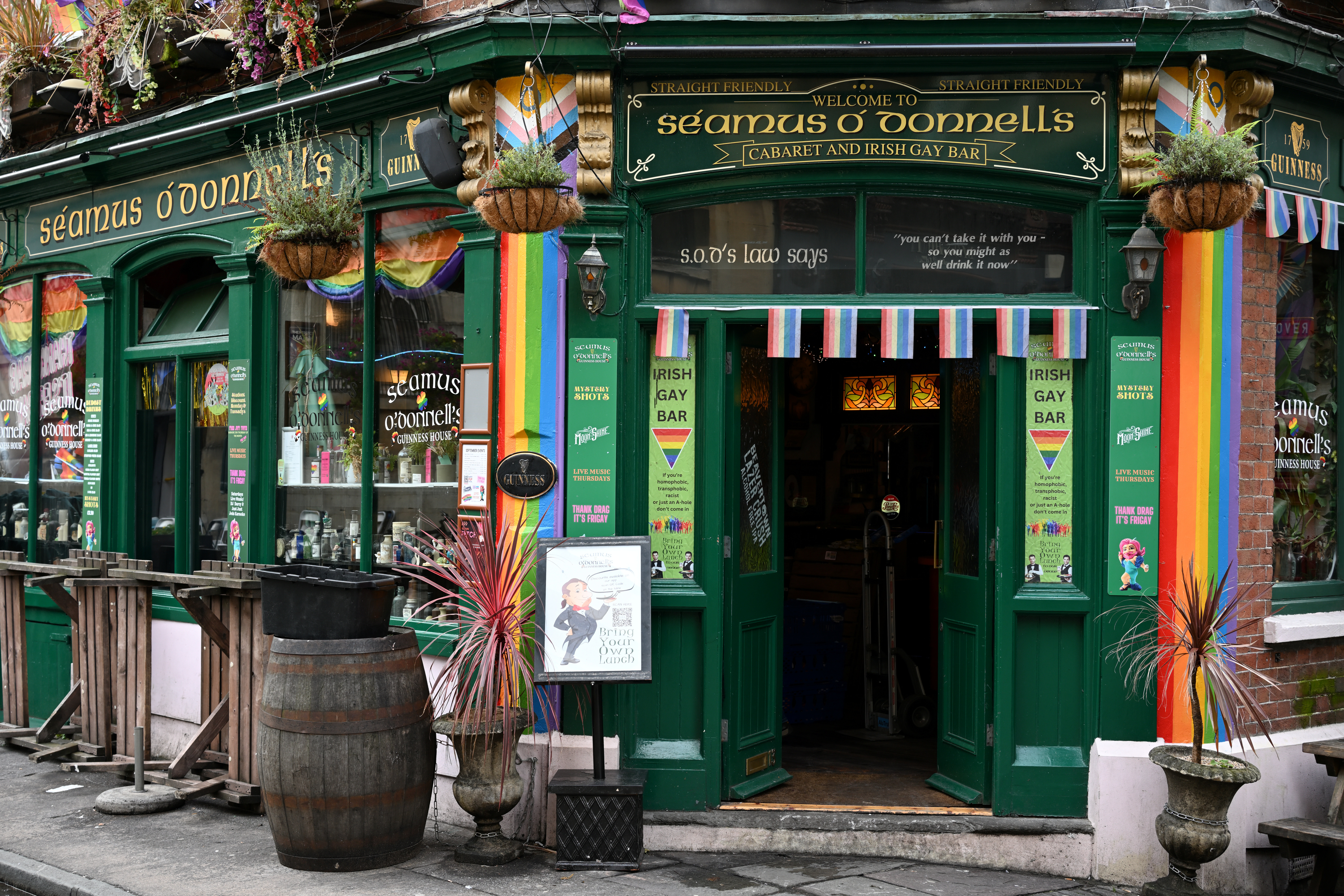

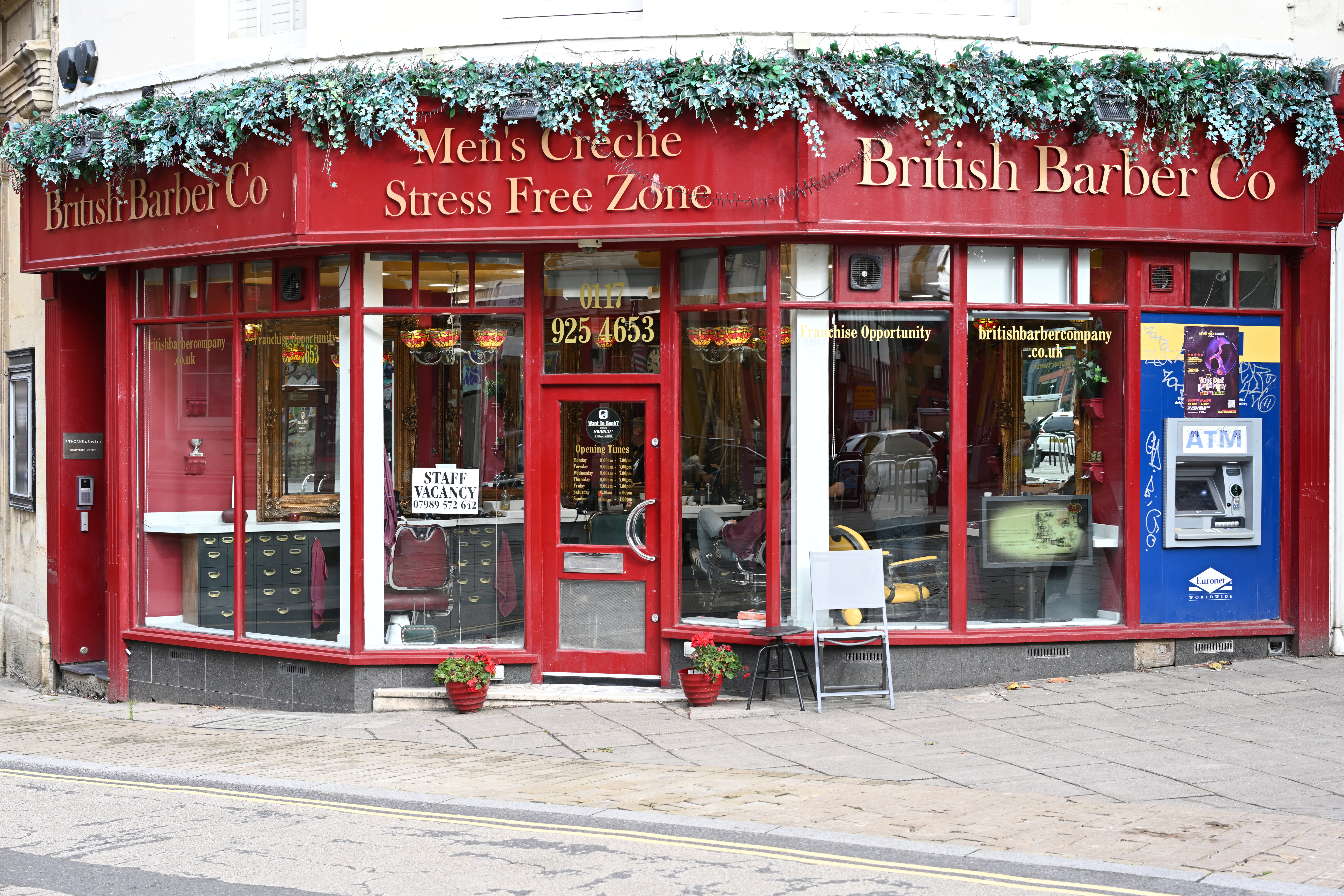



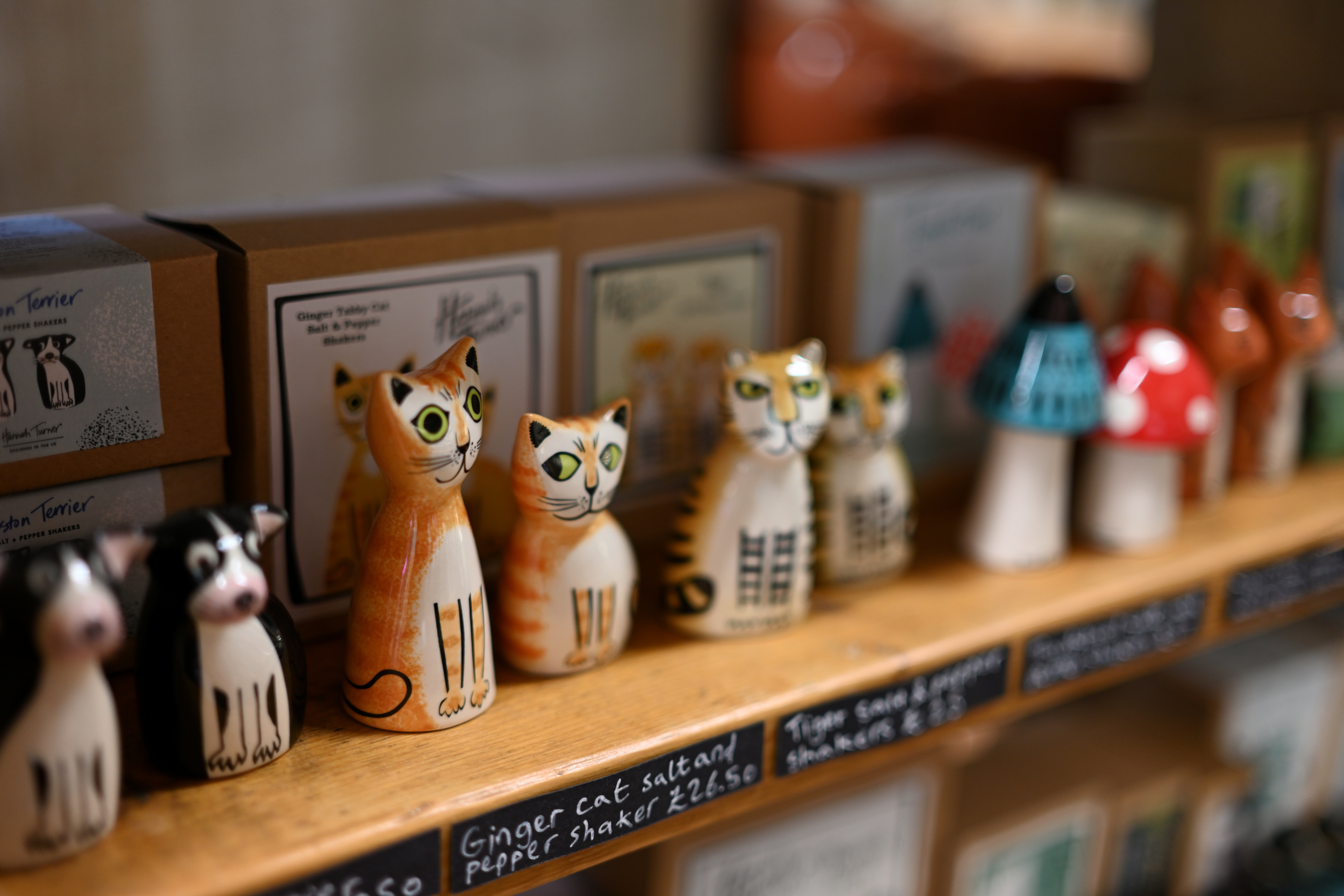



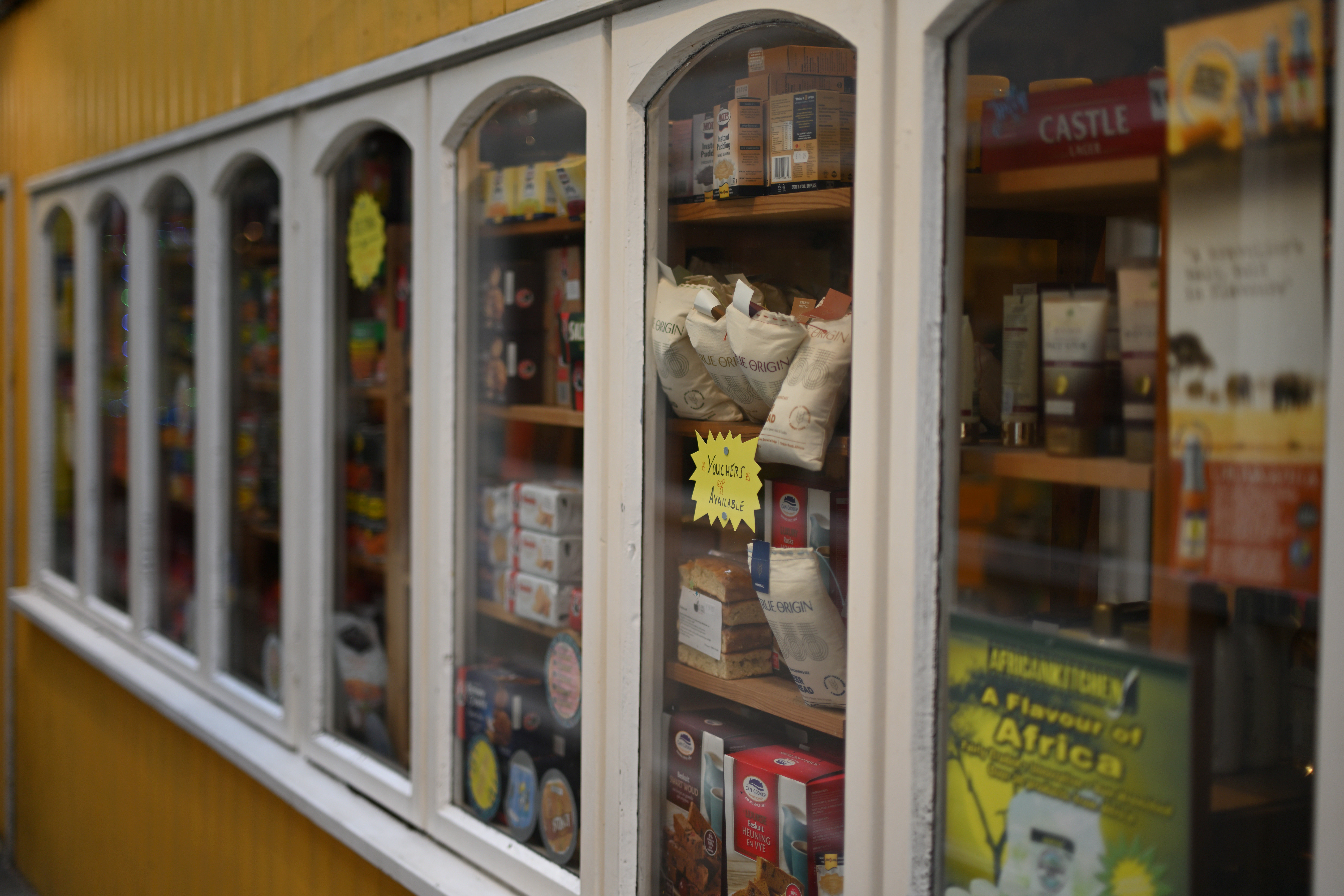

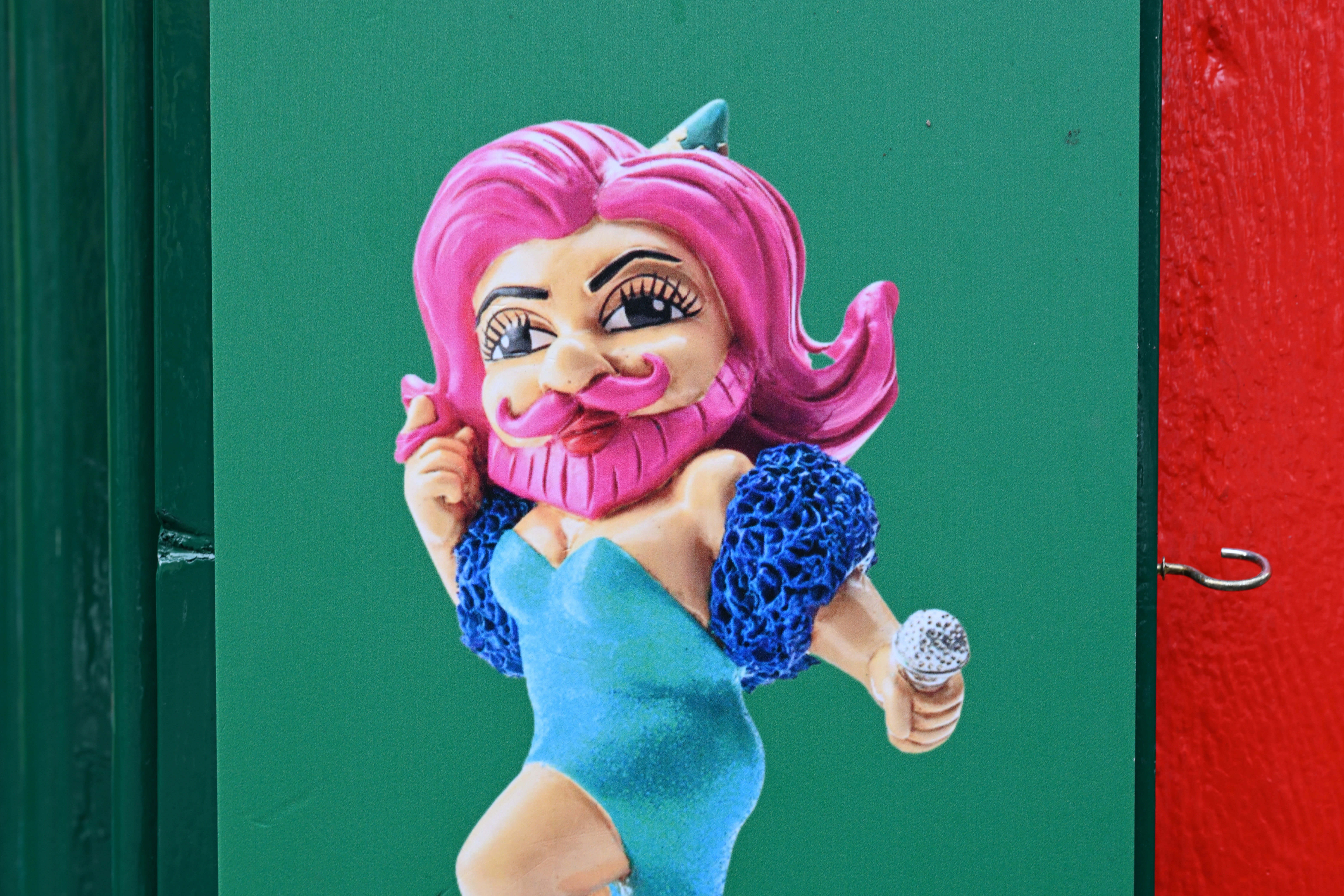
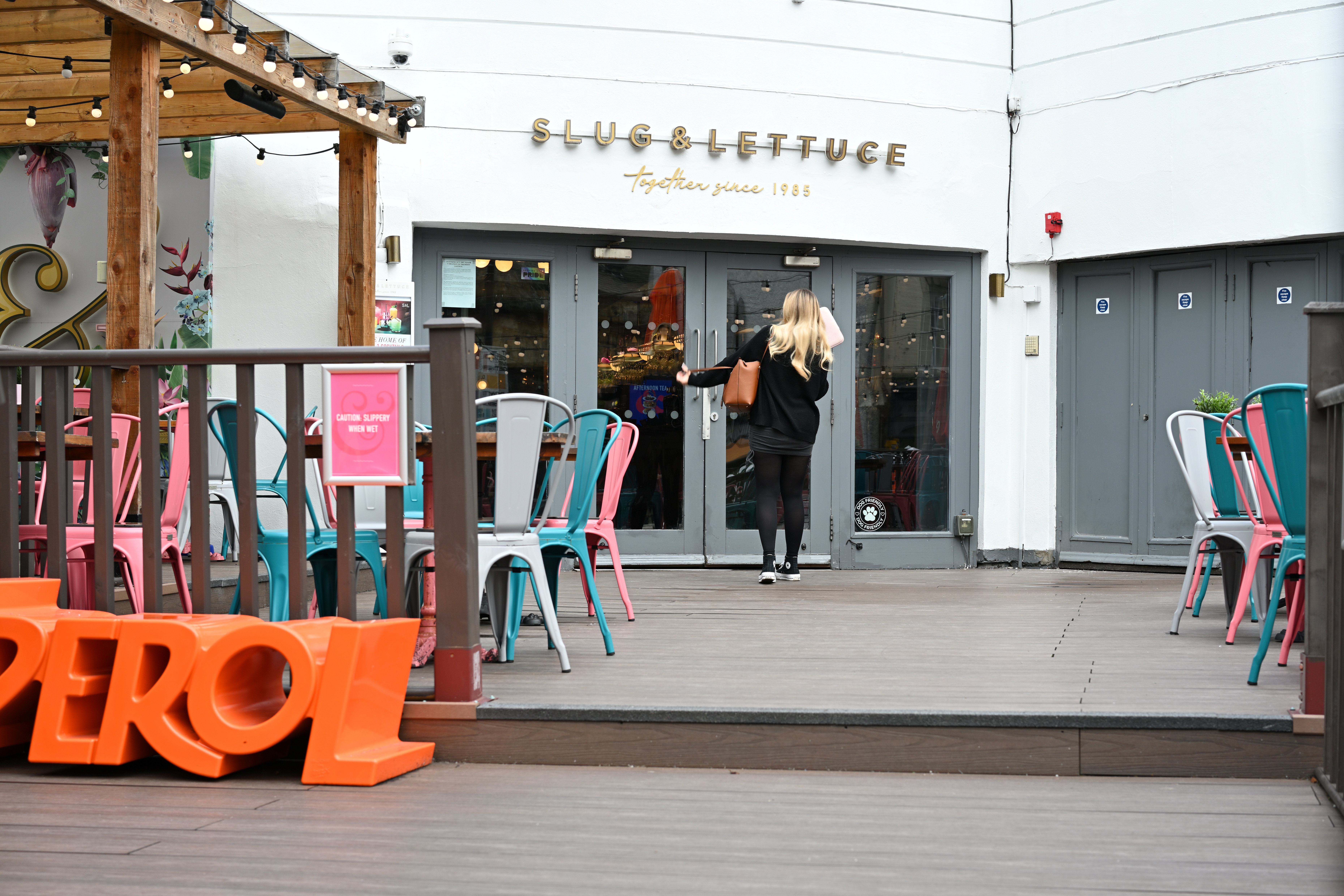




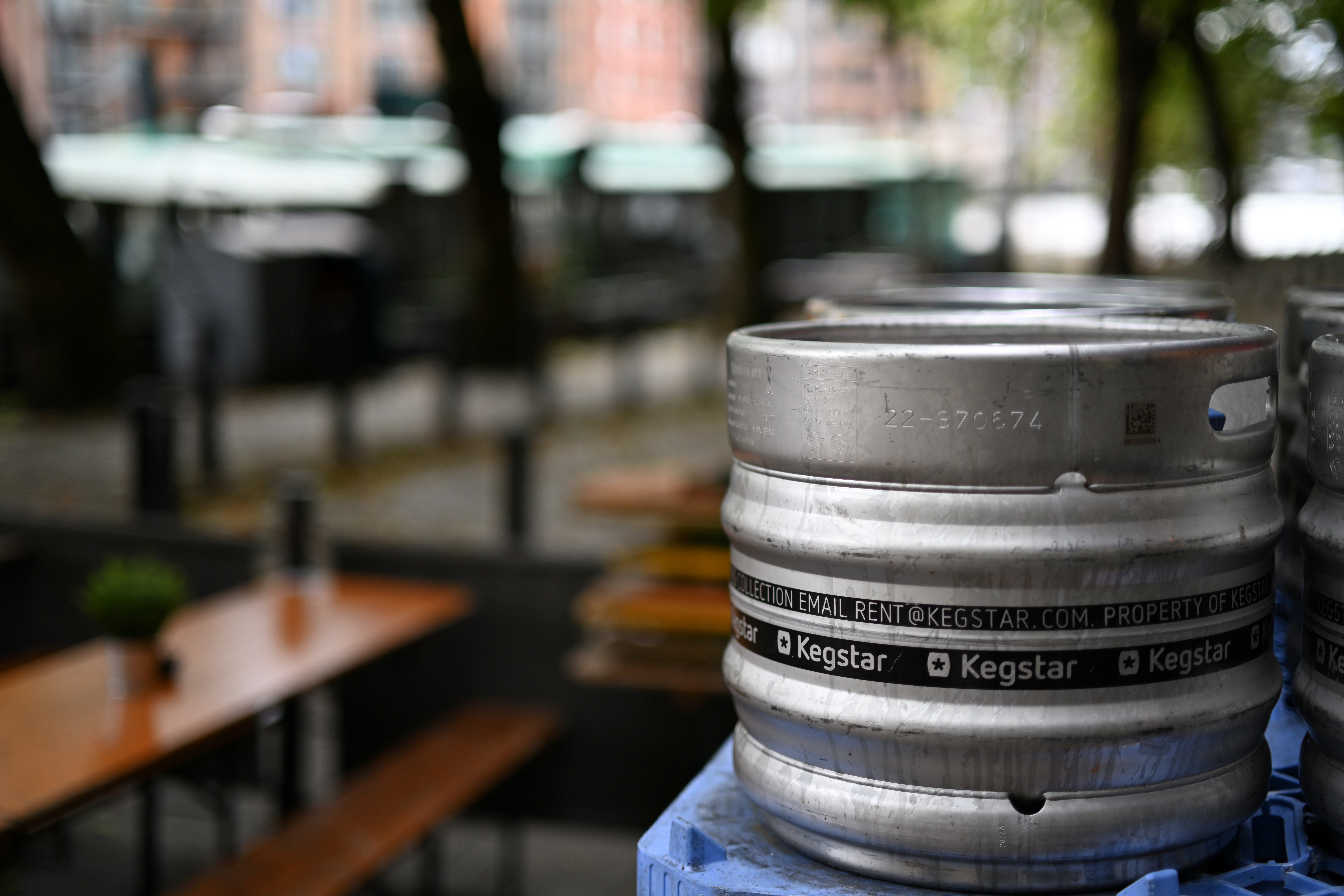


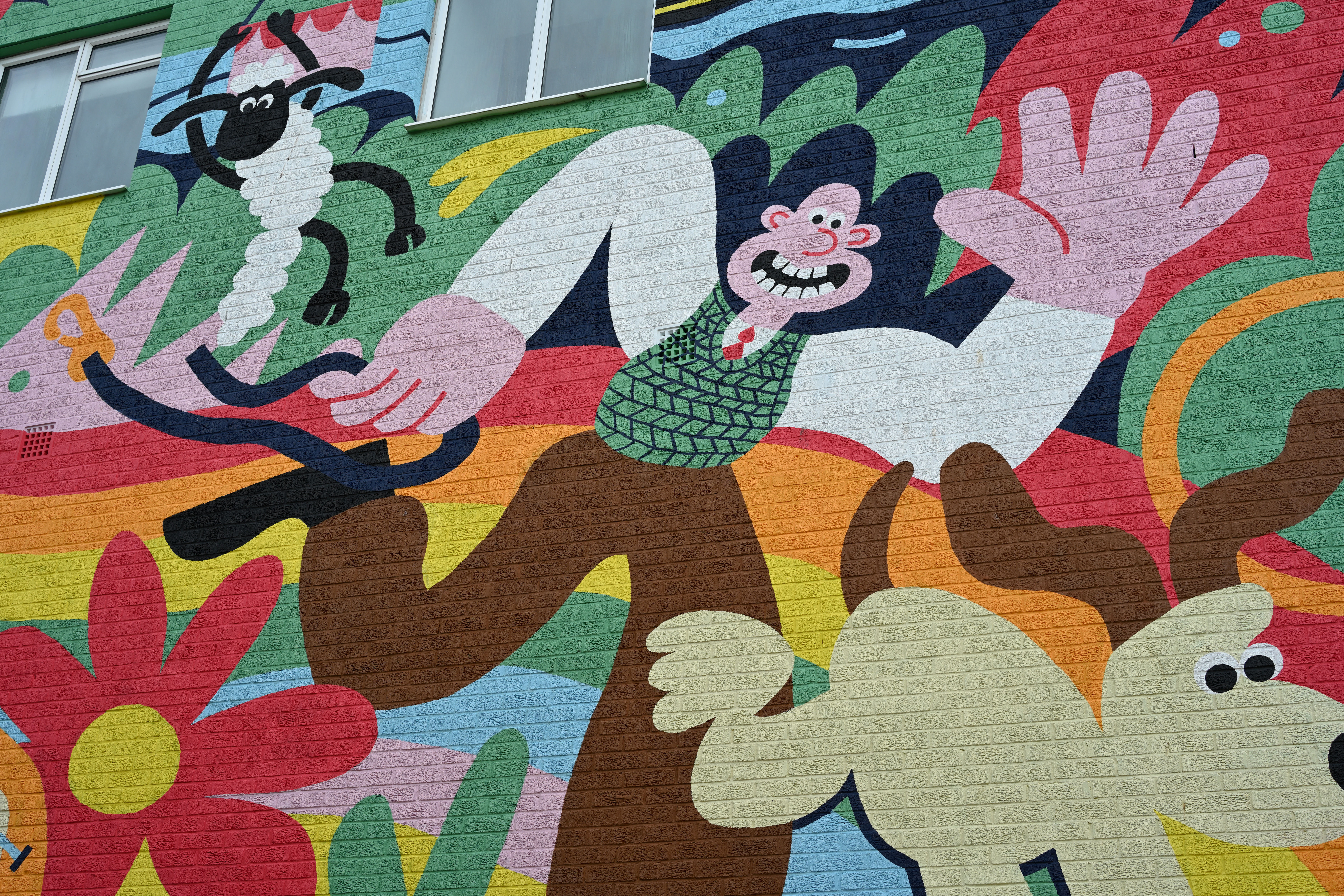
Nikon Z 50mm f/1.4: Lab Results
We run a range of lab tests under controlled conditions, using the Imatest Master testing suite. Photos of test charts are taken across the range of apertures and zooms (where available), then analyzed for sharpness, distortion and chromatic aberrations.
We use Imatest SFR (spatial frequency response) charts and analysis software to plot lens resolution at the center of the image frame, corners and mid-point distances, across the range of aperture settings and, with zoom lenses, at four different focal lengths. The tests also measure distortion and color fringing (chromatic aberration).
Sharpness:
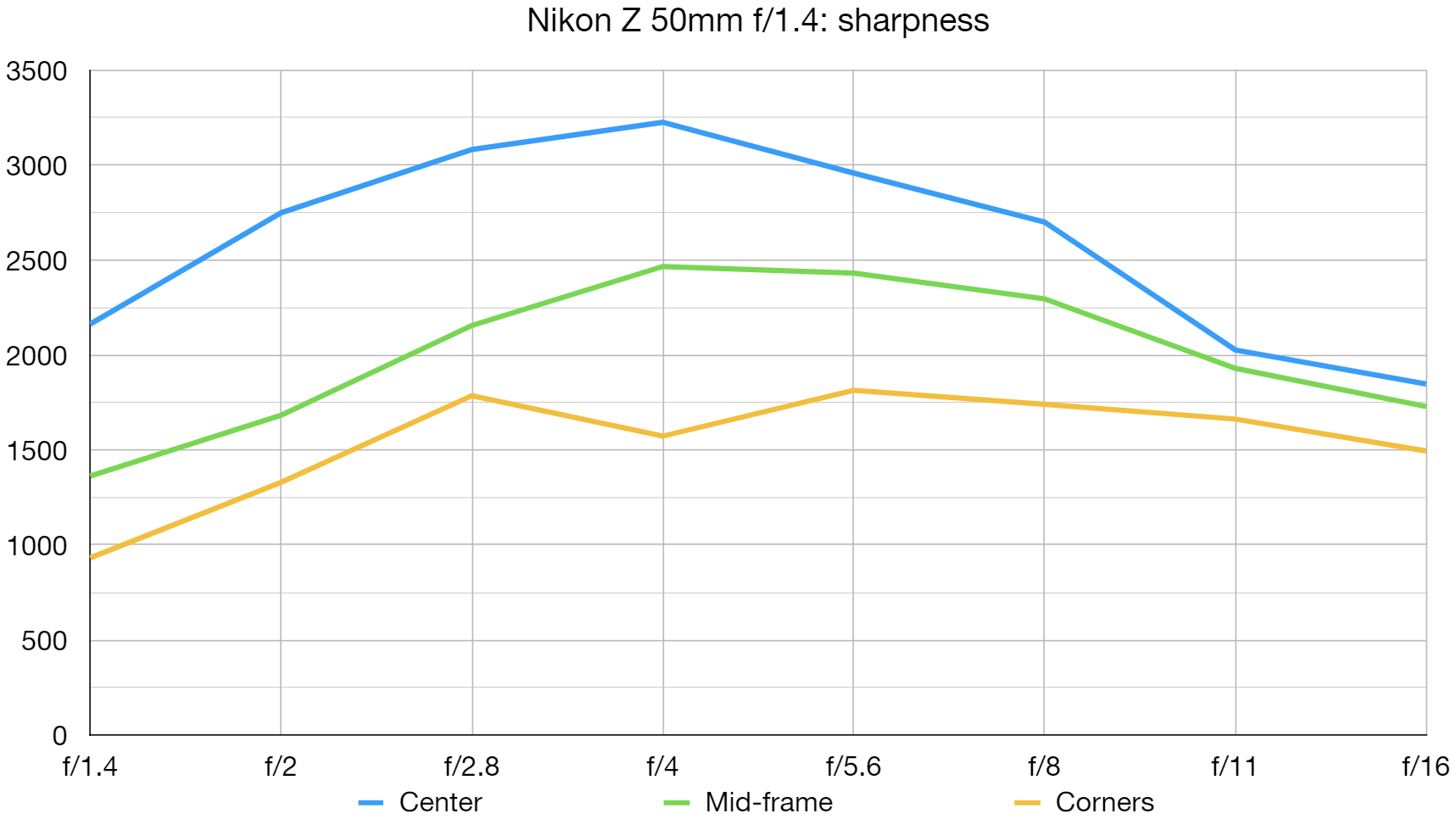
Center-sharpness is very good even wide-open at f/1.4 but it pays to stop down to f/2.8 or narrower apertures if you’re after really good sharpness right out to the edges and corners of the frame.
Fringing:
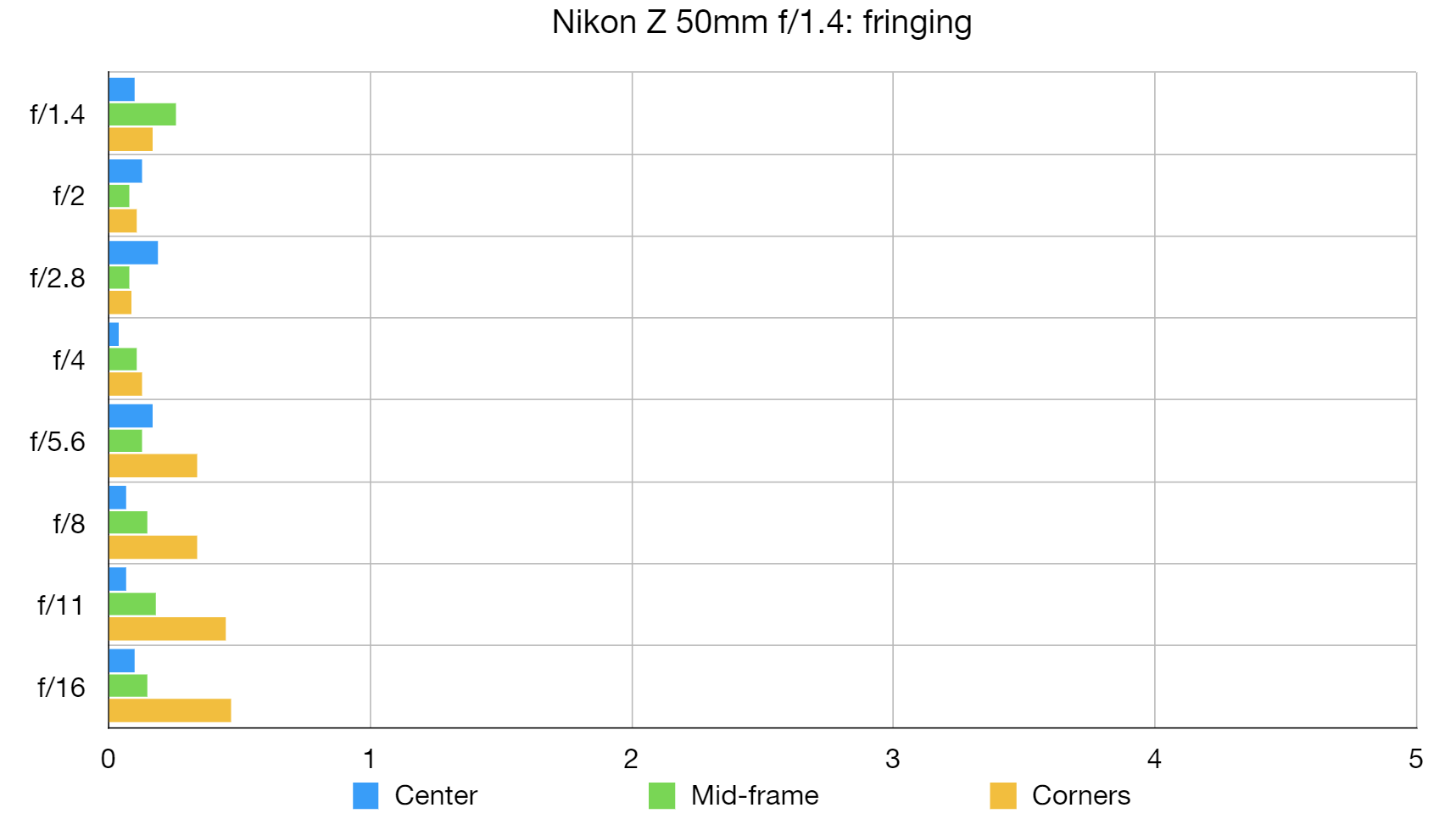
Color fringing is very minimal throughout the entire aperture range. It’s hard to spot any problems even at the edges and corners of the frame, even when correction is disabled when processing RAW images. Automatic in-camera correction is always applied when shooting in JPEG quality mode.
Distortion: -0.39
Unlike many recent lenses designed for mirrorless cameras, including the sibling Nikon Z 35mm f/1.4, there’s no reliance on automatic in-camera correction for distortion. When the correction is disabled in camera menus, only slight barrel distortion is produced.
Nikon Z 50mm f/1.4: Verdict
I like fast prime lenses, less so when they’re big and heavy. The Nikon Z 50mm f/1.4 is refreshingly compact and lightweight for a swift standard prime and it’s very easy to live with. It feels an ideal match for relatively slinky mirrorless bodies and makes a good travel companion when I’m out on the road. Ergonomics feel very natural, helped along by dual, customizable control rings, although I miss the M/A focus mode switch featured in many Nikon (and other) lenses. I like that autofocus is quick, virtually silent and consistently accurate. The lens lacks Nikon’s up-market ED glass and high-tech coatings but image quality is very satisfying, making the lens good value for money.
| Features | Dual customizable control rings are a neat feature but there’s no ED glass in the optical line-up. | ★★★★ |
| Design | Handling is mostly very good but there’s no A/M switch, nor comprehensive weather-seals. | ★★★★ |
| Performance | Image quality is impressive overall and the autofocus system is fast and accurate. | ★★★★ |
| Value | It’s reasonably priced for a full-frame compatible 50mm f/1.4 lens with a decent feature set. | ★★★★ |

Should you buy the Nikon Z 50mm f/1.4?
✅ Buy this...
- You want a fast standard prime for your full-frame Nikon Z camera that’s relatively compact, lightweight, affordable and good for both stills and video.
- You shoot with an APS-C format Nikon camera like the Z 30, Z 50 or Z fc and want a fast ‘portrait prime’ that has an effective focal length of 75mm and f/1.4 aperture.
🚫 Don't buy this...
- You’d prefer a lens with a dedicated aperture control ring (instead of a customizable one) that has markings for f/stops and maybe a click/de-click switch.
- You frequently swap between autofocus and manual focus modes, in which case you’ll probably miss the A/M switch featured in many Nikon Z lenses.
Alternatives
The slower but more up-market Nikon Z 50mm f/1.8 S features two aspherical elements, two ED elements and Nano Crystal Coat. It also has an A/M focus mode switch but lacks a secondary customizable control ring.
The Nikon Z 40mm f/2 is amazingly compact and lightweight. In fact, you can buy this lens plus the Z 28mm f/2.8 for about the same price as the Z 50mm f/1.4. However, the cheaper lenses have an all-plastic build, including their mounting plates, and hoods aren’t included.
Matthew Richards is a photographer and journalist who has spent years using and reviewing all manner of photo gear. He is Digital Camera World's principal lens reviewer – and has tested more primes and zooms than most people have had hot dinners!
His expertise with equipment doesn’t end there, though. He is also an encyclopedia when it comes to all manner of cameras, camera holsters and bags, flashguns, tripods and heads, printers, papers and inks, and just about anything imaging-related.
In an earlier life he was a broadcast engineer at the BBC, as well as a former editor of PC Guide.




